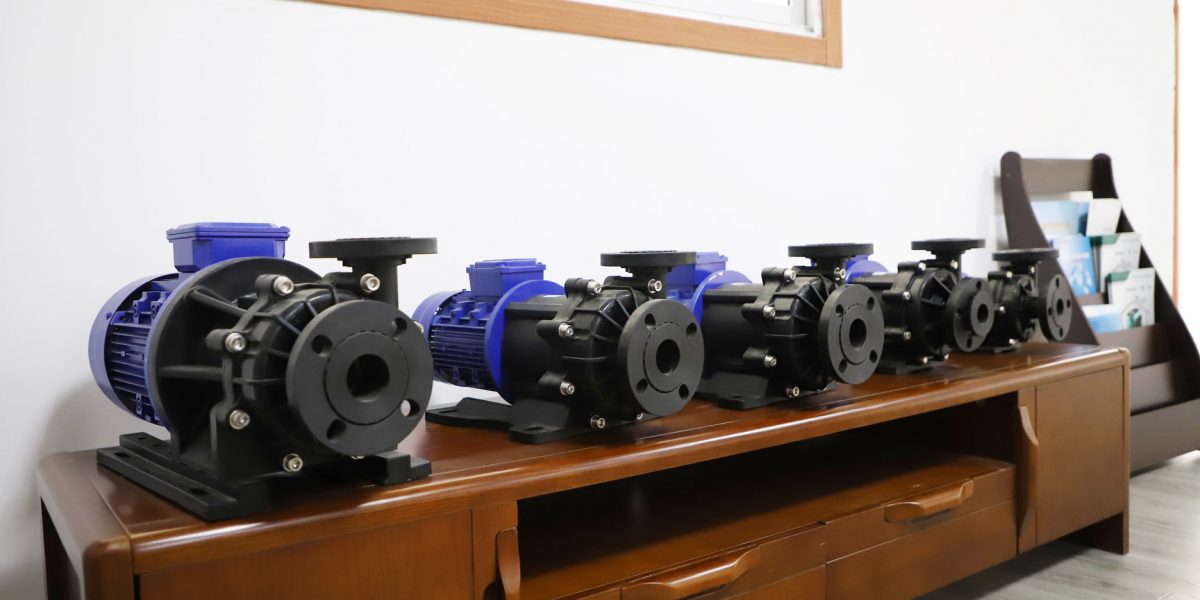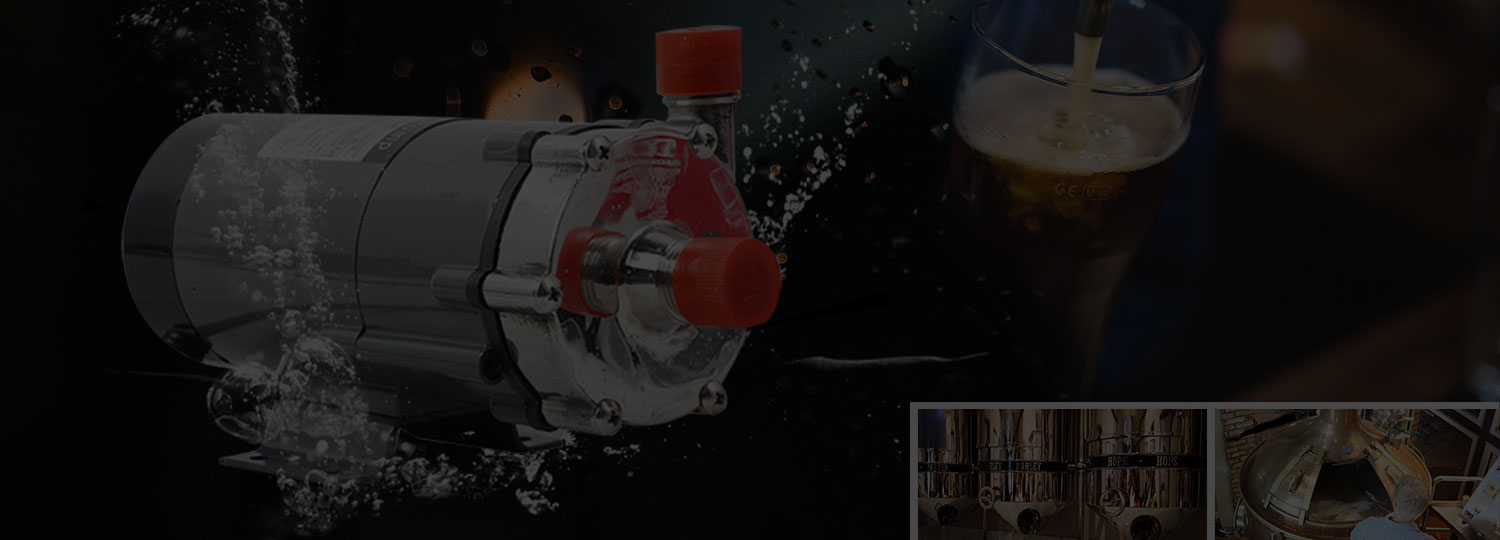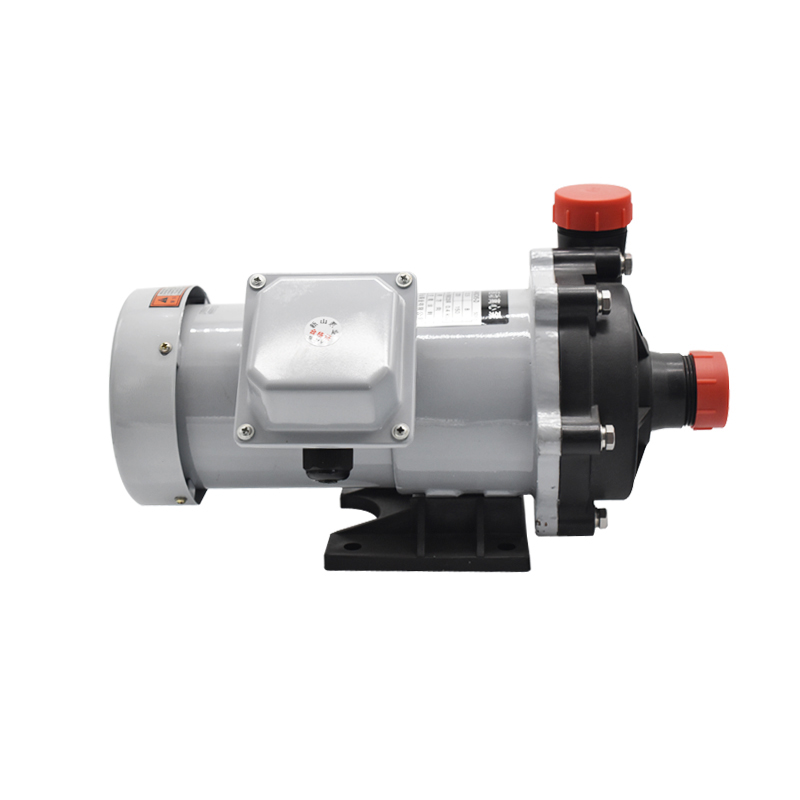What is a corrosion-resistant pump
The people who are often in touch with pump selection may often be asked to choose a corrosion-resistant pump, but the user cannot provide the corrosion resistance of the pump. This is precisely because the user has a more general concept of corrosion and mistakes it for certain These materials are “corrosion-resistant”, ignoring that corrosion resistance is just a relative concept.
For those who choose materials in the field of corrosion for the first time, they must realize that there is no universal corrosion-resistant material, and whether the material is corrosion-resistant or not must be considered in the environmental system (medium, concentration, temperature, etc.). Stainless steel, titanium, zirconium, etc. are considered to be excellent corrosion-resistant materials, but this only refers to certain environments. For example, stainless steel has better corrosion resistance in the atmosphere and water than carbon steel, but carbon steel is better than stainless steel in concentrated sulfuric acid; if the water contains trace chloride ions, austenitic stainless steel may undergo dangerous stress corrosion cracking, but carbon steel does not This danger. One principle must be kept in mind. For the “material-environment” system, we must conduct targeted investigations and studies in order to understand the corrosion resistance of this material in the specified environment.
To understand “corrosion resistance”, we must first understand the concept of corrosion, so what is corrosion? The scientific definition is as follows: Corrosion is the destruction or deterioration of materials caused by the environment. So “corrosion resistance” naturally refers to: the material has the ability to resist damage or deterioration caused by the surrounding environment. Therefore, whether it is discussing “corrosion” or “corrosion resistance”, it must be considered in the environment. The corrosion of metals and alloys is mainly caused by chemical or electrochemical damage, sometimes accompanied by mechanical, physical or biological effects. For example, stress corrosion cracking is the result of the combined action of stress and chemical substances. Destruction by pure physical action, such as the physical dissolution of alloys in liquid metal, also belongs to the category of corrosion, but there are not many examples of such damage. Mere mechanical damage, such as metal cup cutting and grinding, does not belong to the category of corrosion. Corrosion of non-metals is generally caused by chemical or physical effects, such as oxidation, dissolution, swelling, and so on.
Therefore, for pump products, the correct selection of the materials of pump parts is an important and widely used corrosion resistance method. The purpose of material selection is to ensure the normal operation of the pump and various parts, with a reasonable service life and low economic expenditure.
Since it is necessary to choose an economical and durable material from a large number of materials, it is natural to have a profound knowledge of the material first. There are about tens of thousands of types of metals and alloys, and there are also many non-metal categories. A large material variety usually contains several small varieties, for example, there are more than dozens of stainless steel. The material selector should understand the grade and performance of the selected material, because the performance of each grade may be different due to the difference in composition, formula or processing technology. The same is true for plastics. For example, there are different types of fillers, plasticizers, additives, etc., which may have different corrosion resistance.






